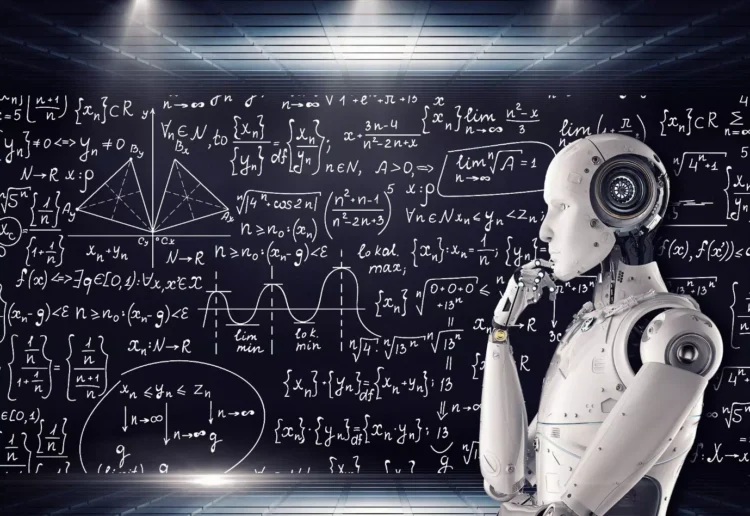What is Required to Build an AI System?

Artificial intelligence (AI) is a rapidly growing field that has the potential to revolutionize the way we live and work. From self-driving cars to personalized healthcare, AI has the power to transform industries and improve our lives in countless ways. But what does it take to build an AI system? In this article, we’ll explore the key components required to create an AI system that can learn, reason, and make decisions.
Data
The foundation of any AI system is data. Without data, there can be no learning or decision-making. The more data an AI system has access to, the better it can learn and make accurate predictions. This data can come from a variety of sources, including sensors, cameras, and databases. It’s important that the data is clean, relevant, and diverse to ensure that the AI system can learn from a wide range of experiences.
Algorithms
Once you have data, you need algorithms to analyze it and extract meaningful insights. Algorithms are sets of rules and instructions that tell an AI system how to process and interpret data. There are many different types of algorithms, each with its own strengths and weaknesses. Some common types of algorithms used in AI systems include decision trees, neural networks, and support vector machines.
Computing Power
AI systems require a lot of computing power to process large amounts of data and run complex algorithms. This computing power can come from a variety of sources, including cloud-based services and specialized hardware such as graphics processing units (GPUs). The more computing power an AI system has access to, the faster it can process data and make decisions.
Training
To create an AI system that can learn from data, you need to train it. Training involves feeding the AI system large amounts of data and adjusting its algorithms until it can accurately predict outcomes. This process can take a long time and requires a lot of computing power. However, the more data and computing power you have, the faster you can train your AI system.
Testing
Once you’ve trained your AI system, you need to test it to ensure that it’s accurate and reliable. Testing involves feeding the AI system new data and evaluating its predictions. If the AI system is making accurate predictions, you can be confident that it’s ready for deployment. If not, you may need to adjust its algorithms or feed it more data.
Human Oversight
While AI systems are becoming increasingly sophisticated, they still require human oversight. Humans are needed to ensure that the AI system is making ethical and responsible decisions. They also need to monitor the system for errors and intervene if necessary. As AI systems become more advanced, it’s likely that humans will play a more supervisory role, rather than a hands-on one.
Domain Expertise
To build an effective AI system, you need to have expertise in the domain you’re working in. For example, if you’re building an AI system for healthcare, you need to have a deep understanding of medical terminology and procedures. Without this expertise, it’s difficult to create an AI system that can accurately interpret and analyze data.
Security
AI systems can be vulnerable to cyber attacks and other security threats. It’s important to build security measures into your AI system from the beginning to ensure that it’s protected from unauthorized access and data breaches. This includes using encryption, firewalls, and other security protocols.
Scalability
As your AI system grows and processes more data, it needs to be able to scale up to meet demand. This means that you need to design your system with scalability in mind from the beginning. This includes using cloud-based services that can easily scale up or down based on demand.
Regulatory Compliance
AI systems are subject to a variety of regulations and laws, depending on the industry they’re being used in. It’s important to ensure that your AI system is compliant with these regulations to avoid legal issues and fines. This includes regulations around data privacy, security, and ethical use of AI.
Conclusion
Building an AI system requires a combination of data, algorithms, computing power, training, testing, human oversight, domain expertise, security, scalability, and regulatory compliance. By carefully considering each of these components, you can create an AI system that is accurate, reliable, and ethical. As AI technology continues to evolve, it’s likely that these components will become even more important in building effective AI systems.
